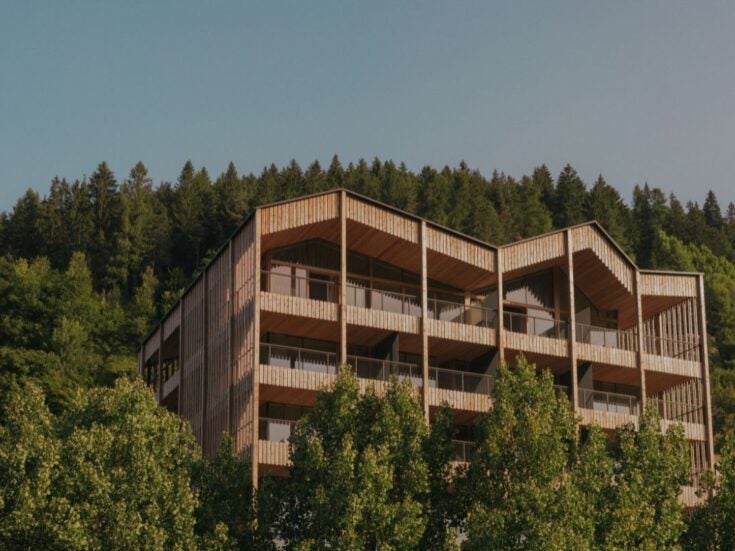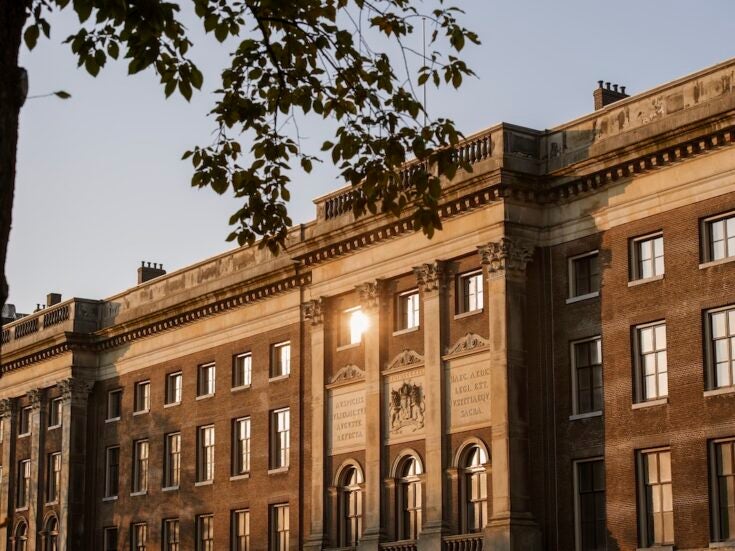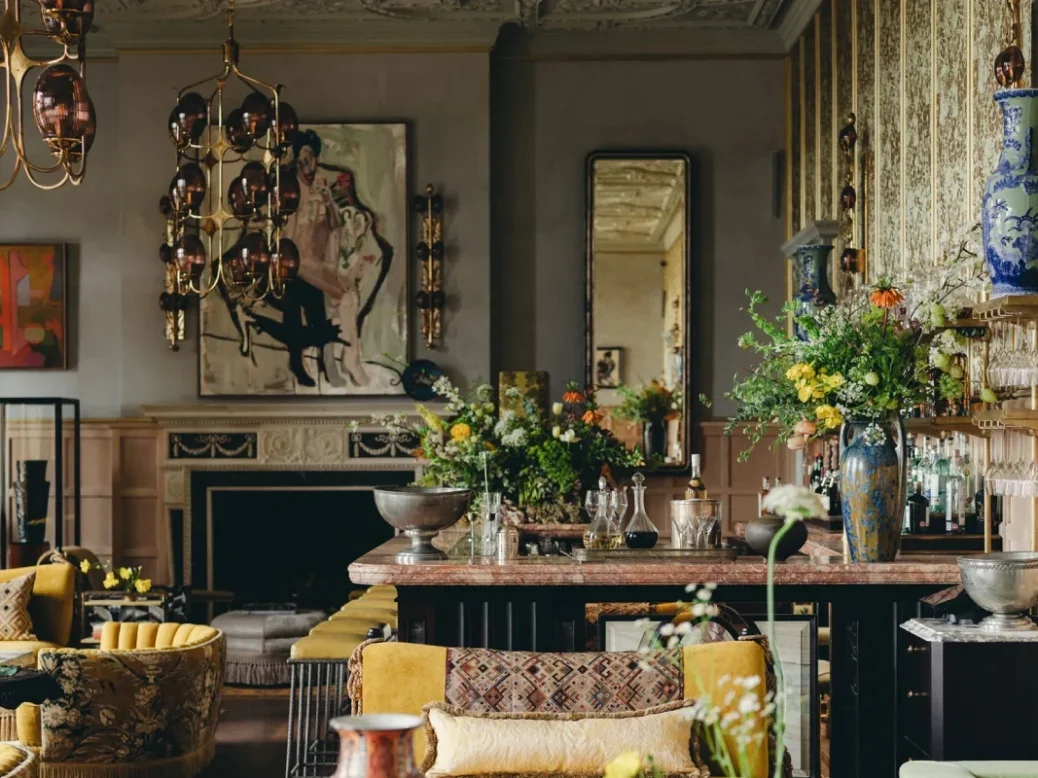
Proximity to a private members’ club could boost the price of your property, according to a new report from Knight Frank.
More private members’ clubs have opened in the last four years than in the three decades since 1985, Knight Frank’s research found. Storied clubs like Annabel’s and Home House in London are joined by Manhattan’s new breed of ‘clubstaurants’ like Casa Cipriani as private members’ clubs evolve into more than just exclusive hangouts. Such is the sector’s growing influence, the demand for private members’ clubs, they are reshaping real estate, from office spaces to residential properties, the Guide to Private Members’ Clubs found.
The report explored the growing link between private members’ clubs and the price of nearby property and found it had a ‘significant’ impact.
The sector is expected to grow at an annual rate of 11 per cent to 2027, at which point it will be worth $25.8 billion, according to research consultancy Mordor Intelligence.
Two larger-than-life figures loom over the London private members’ clubs scene: Robin Birley and Richard Caring, but it is local clubs that are shaping their immediate neighbourhoods in their own image.
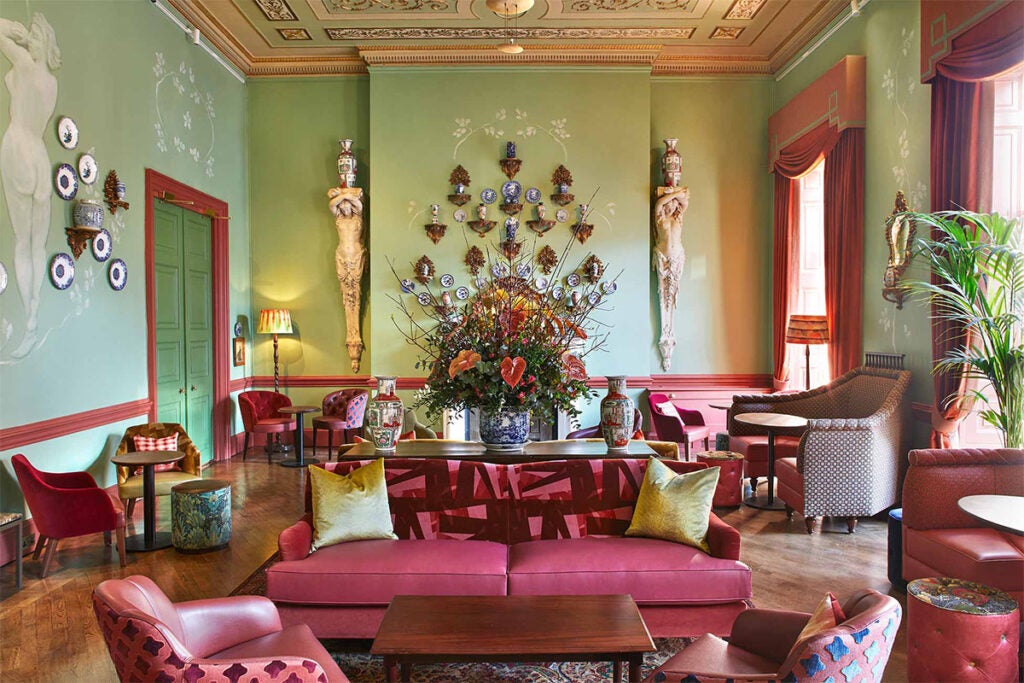
The power of local
The types of clubs emerging in recent years are diverse, but two trends were highlighted by the guide: ultra-luxurious clubs like Aman Club in New York City, and hyper-local, intimate clubs such as The Dally in London’s Islington.
[See also: London’s best private members’ clubs: the definitive list]
‘While centrally-located big brand clubs are city-wide resources, the latter local model is already influencing house prices. The impact on property values can be significant when the clubs come with luxury facilities,’ the report’s authors noted.
‘Step out of Zone 1 in London and suddenly clubs do begin to influence prime housing markets. Consider the influence of clubs like Jaegos House in Kensal Green or other pioneers like Cloud Twelve in Notting Hill,’ Liam Bailey, Partner, Global Head of Research at Knight Frank tells Spear’s.
Local clubs are becoming significant influencers on residential property values, with the report shining a spotlight on the Cotswolds. The county is home to some of the world’s most exclusive neighbourhood clubs, such as Estelle Manor, The Club by Bamford, and Soho Farmhouse, and has become a honeypot for HNWs.
Knight Frank’s data showed that in August 2024, demand for properties within 15 minutes drive of the most prestigious members’ clubs was twice the average for the area, with 2.3 buyers registering for every one buyer in nearby areas.
[See also: The best private members’ clubs for high-net-worth individuals in 2024]
‘Not only are more buyers looking for homes near these exclusive destinations, but properties near clubs also tend to sell faster—on average, 2.5 weeks faster than comparable homes located further away,’ Bailey says.
Proximity definitely adds value, the weight of demand makes it inevitable – estimates range from 10% to 30% or even more
‘Clubs don’t sell memberships… that’s what gyms do. Clubs are based on a model where you create something amazing, you drive huge desire around being a member… and you choose the people you want,’ Jamie Caring, founder of Sevengage, said.
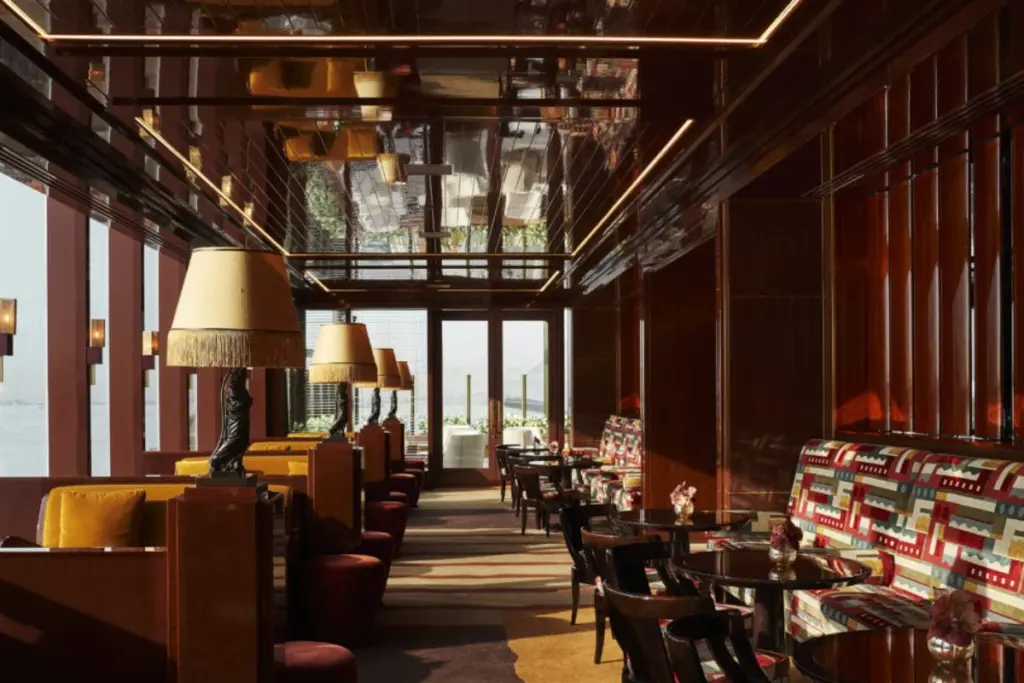
The future of private members’ clubs
The rise of family clubs that combine private club amenities with wellness spaces and kids’ clubs will continue to shape the industry, Knight Frank said.
Family-oriented clubs have the potential to drive desirability in housing markets and attract a diverse membership base, the guide suggested, pointing to successful venues like Chiltern Firehouse that are challenging traditional club models and reshaping the hospitality landscape.
[See also: How 5 Hertford St became the most influential members’ club in the world]
As more clubs follow this model, the real estate market will likely continue to feel the impact, Knight Frank Private Office partners Alasdair Pritchard and Hugh Dixon noted. Property owners in proximity to these clubs are positioned to benefit from the cachet and demand they generate, they said.


